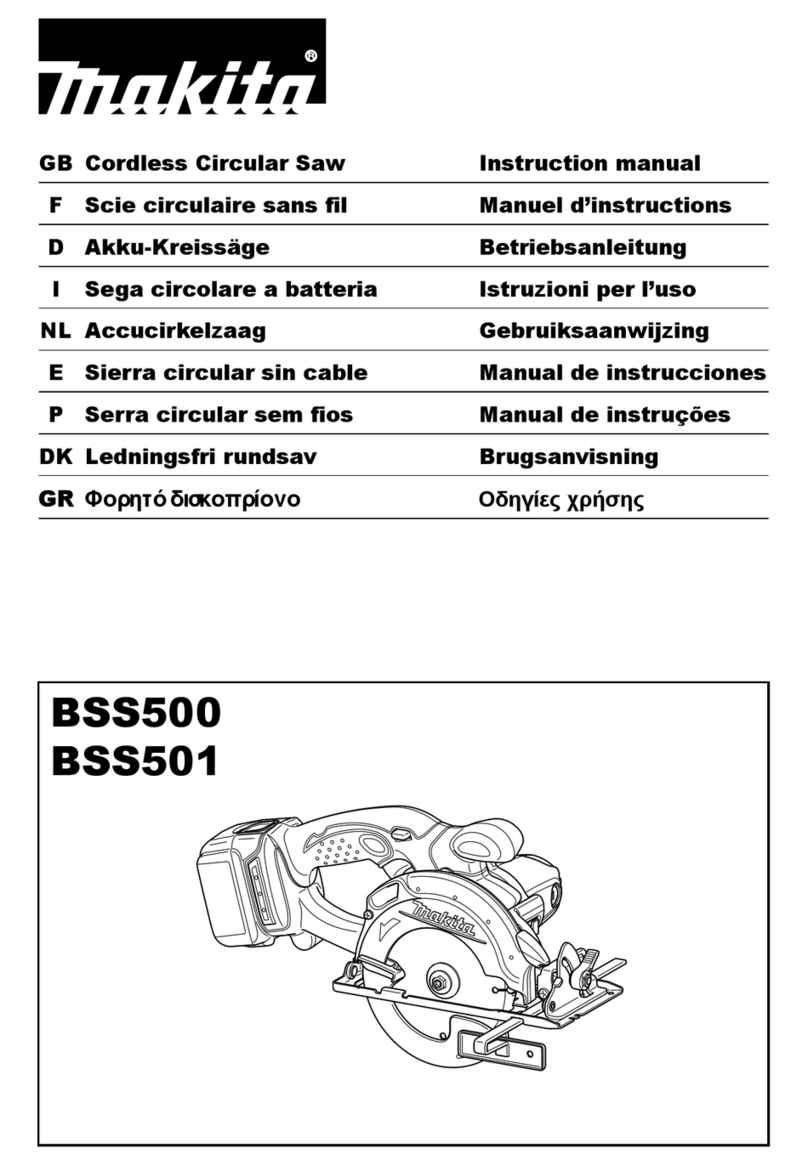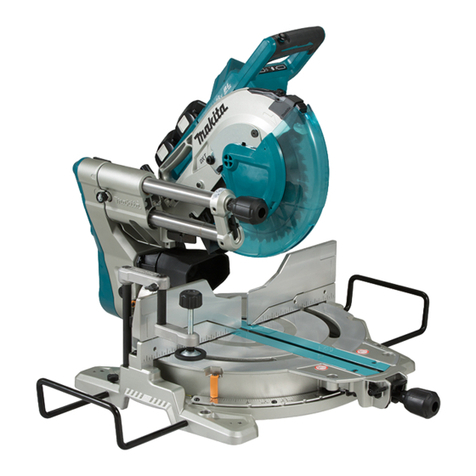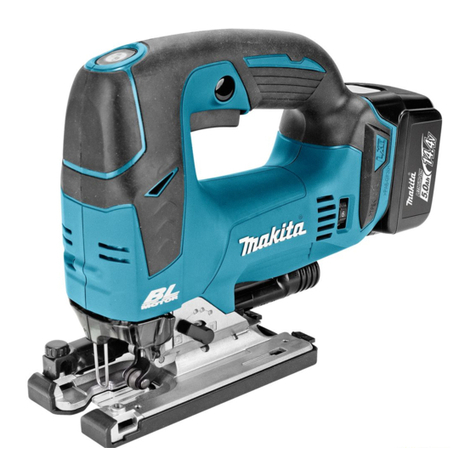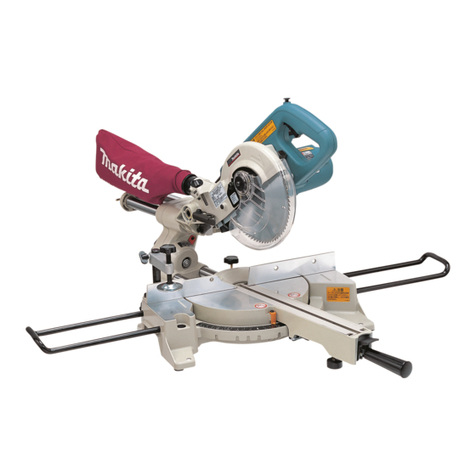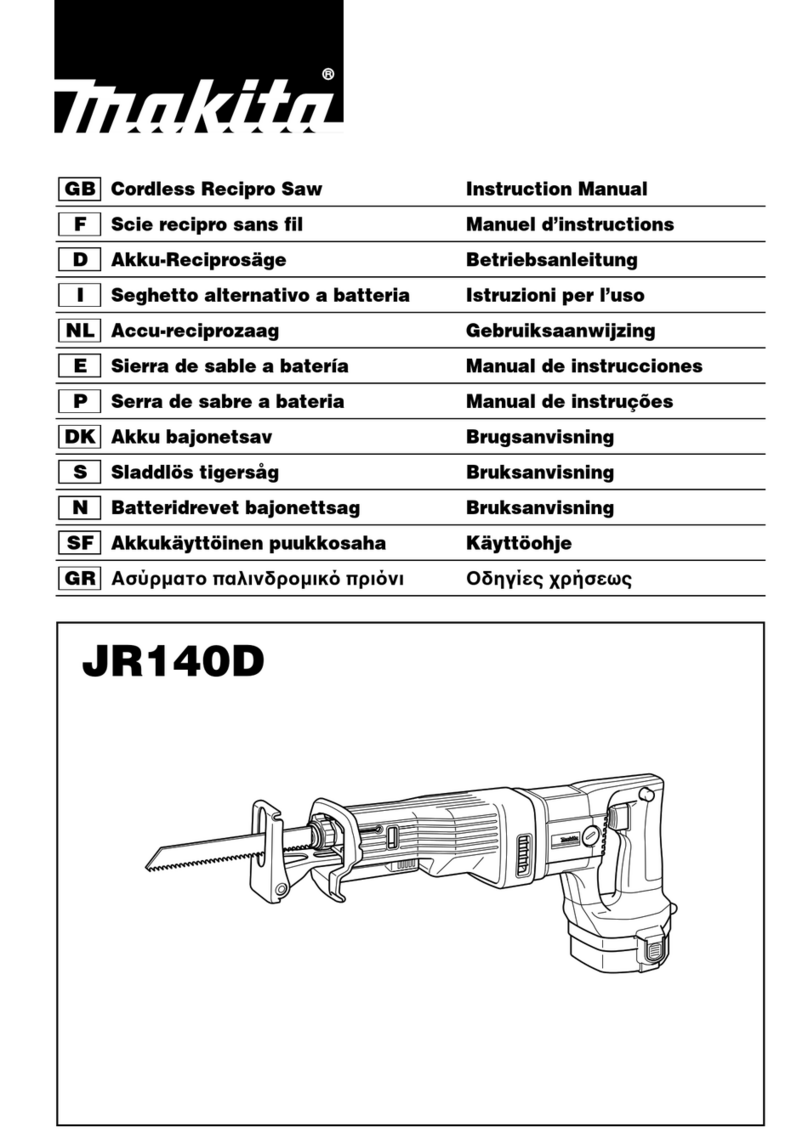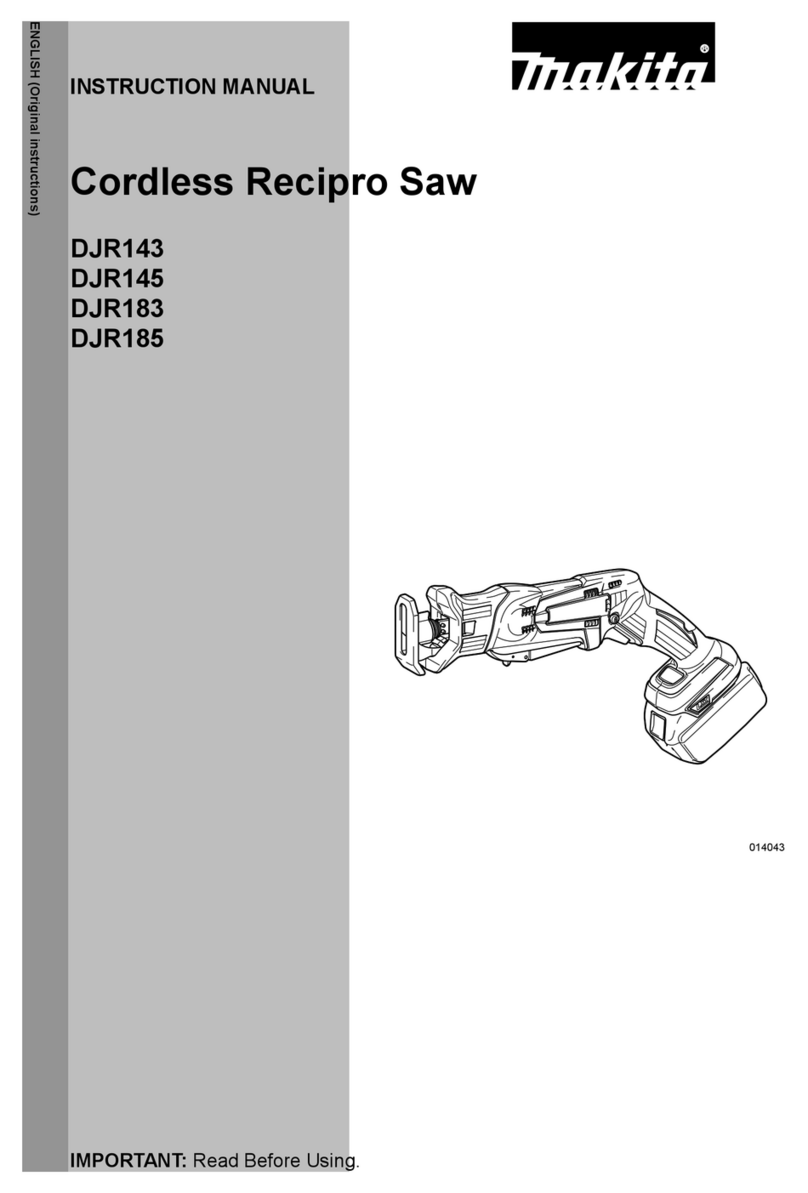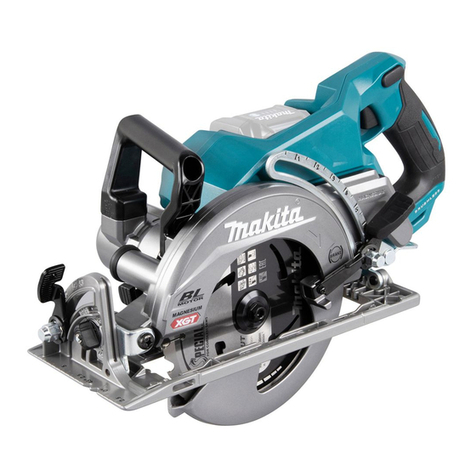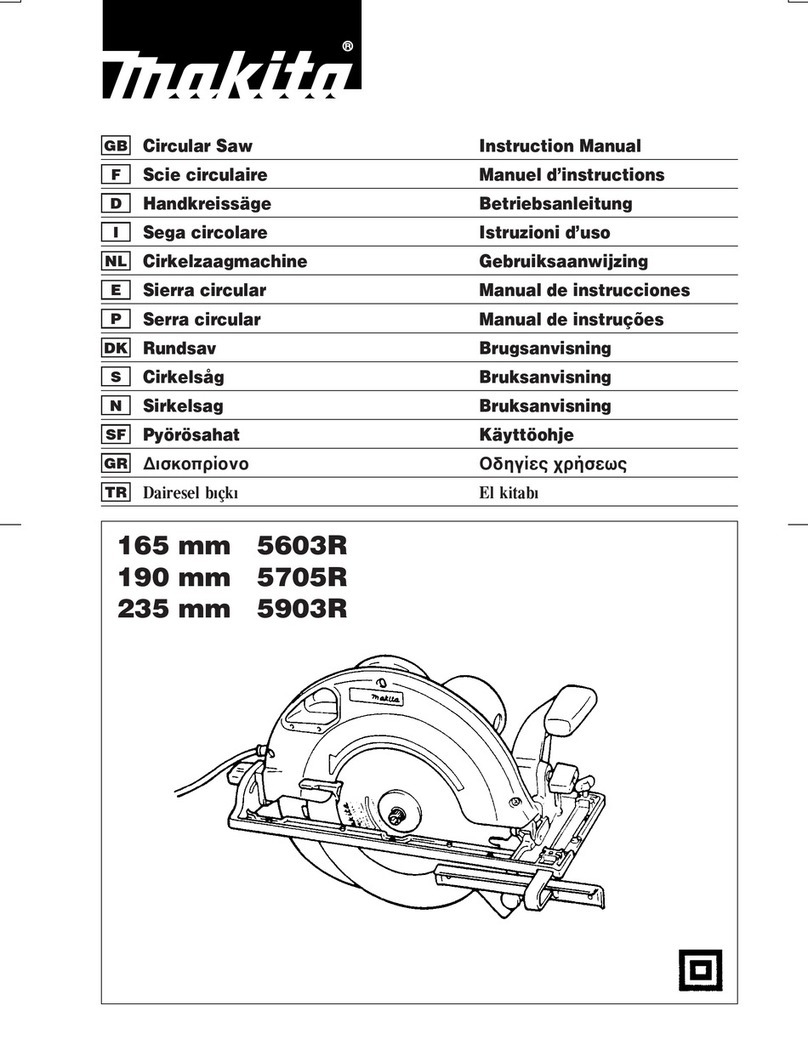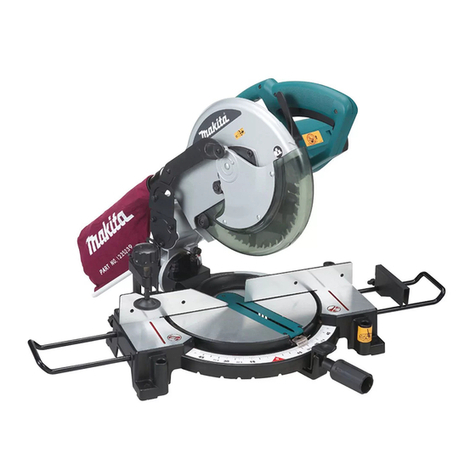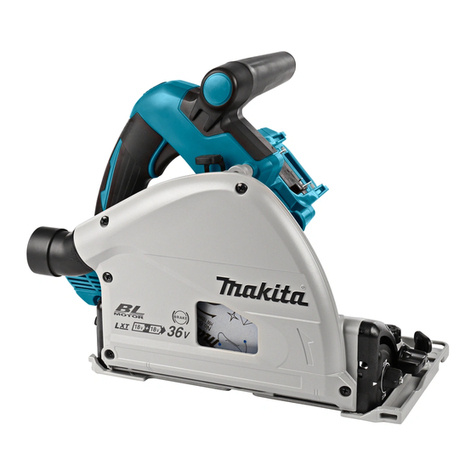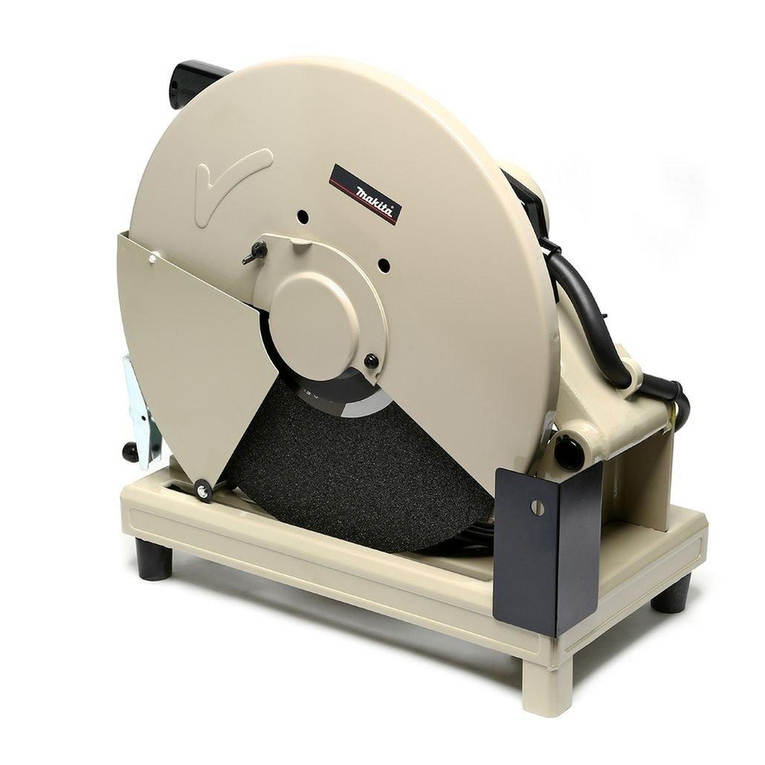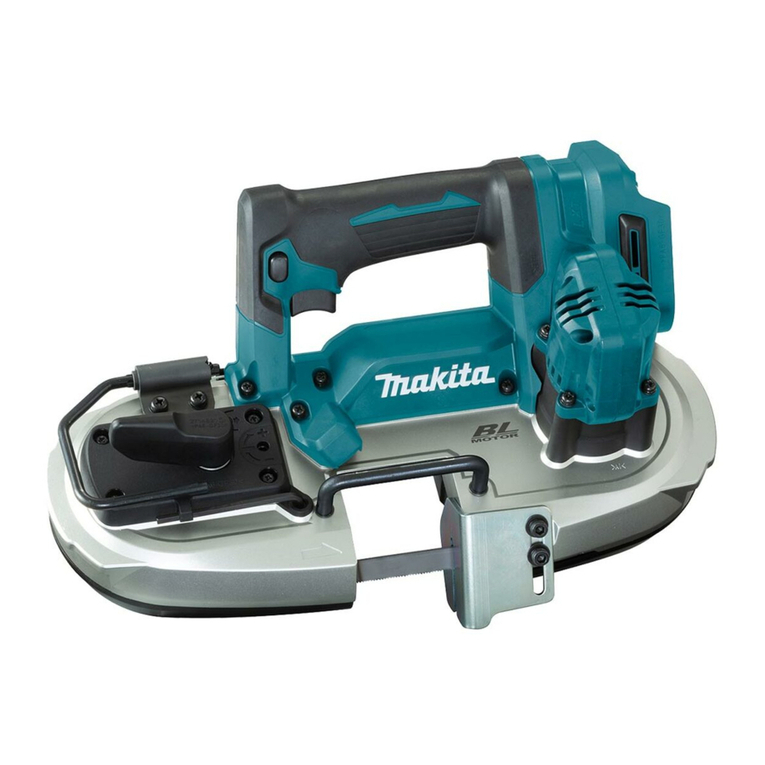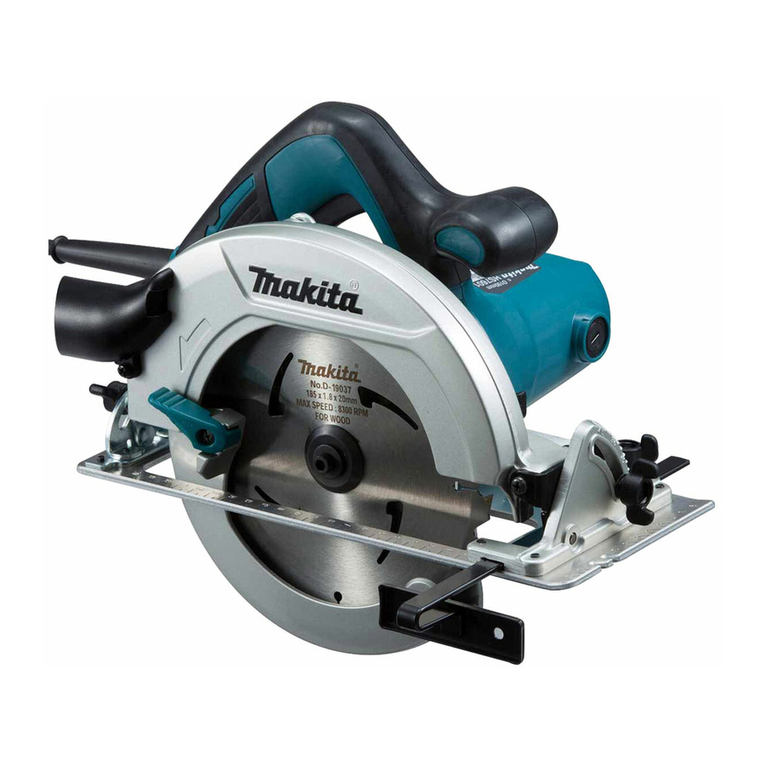8
❏Read instruction manual. ❏Leia o manual de instruções.
❏Lire le mode d’emploi. ❏Læs brugsanvisningen.
❏Bitte Bedienungsanleitung lesen. ❏Läs bruksanvisningen.
❏Leggete il manuale di istruzioni. ❏Les bruksanvisingen.
❏Lees de gebruiksaanwijzing. ❏Katso käyttöohjeita.
❏Lea el manual de instrucciones. ❏∆ιαβάστε τις οδηγίες χρήσης.
❏DOUBLE INSULATION ❏DUPLO ISOLAMENTO
❏DOUBLE ISOLATION ❏DOBBELT ISOLERET
❏DOPPELT SCHUTZISOLIERT ❏DUBBEL ISOLERING
❏DOPPIO ISOLAMENTO ❏DOBBEL ISOLERING
❏DUBBELE ISOLATIE ❏KAKSINKERTAINEN ERISTYS
❏DOBLE AISLAMIENTO ❏∆ ΠΛΗ ΜΟΝΩΣΗ
❏Do not place hand or fingers close to the blade.
❏Ne pas placer les mains ou les doigts près de la lame.
❏Halten Sie Hände oder Finger vom Sägeblatt fern.
❏Non avvicinare le mani o le dita alla lama.
❏Kom met uw handen of vingers niet te dicht bij het zaagblad.
❏No ponga la mano ni los dedos cerca del disco.
❏Não coloque a sua mão ou dedos perto da lâmina.
❏Hold hænder og fingre på god afstand af klingen.
❏Håll inte händer eller fingrar i närheten av klingan.
❏Ikke plasser hånd eller fingre i nærheten av bladet.
❏Älä sijoita käsiä äläkä sormia terän lähelle.
❏Μη βάζετε το χέρι ή τα δάκτυλα κοντά στην λάµα.
❏To avoid injury from flying debris, keep holding the saw head down, after making cuts, until the
blade has come to a complete stop.
❏Pour éviter les blessures causées par les objets projetés, maintenez la tête de la scie en position
basse une fois la coupe terminée, jusqu’à ce que la lame soit complètement arrêtée.
❏Um Verletzungen durch herausgeschleuderte Teile zu vermeiden, halten Sie den Sägekopf nach
Ausführung von Schnitten abgesenkt, bis das Sägeblatt völlig zum Stillstand gekommen ist.
❏Per evitare lesioni dalle schegge volanti, dopo aver eseguito il taglio tenere abbassata la testa
sega finché la lama non si è arrestata completamente.
❏Om verwonding door weggeslingerd zaagafval te voorkomen, dient u na het voltooien van een
snede de zaagkop omlaag te houden totdat het zaagblad volledig tot stilstand is gekomen.
❏Para evitar sufrir heridas a causa de restos que salen despedidos, siga sujetando la cabeza de la
sierra hacia abajo, al terminar los cortes, hasta que el disco se haya parado completamente.
❏Para evitar danos causados por aparas que saltem, mantenha a cabeça da serra para baixo,
depois de terminar os cortes, até que a lâmina esteja completamente parada.
❏For at undgå at komme til skade på grund af flyvende affald, skal man holde savhovedet nede efter
skæring, indtil savklingen står helt stille.
❏För att inte skadas av kringflygande flis efter genomförd sågning ska såghuvudet hållas nere tills
klingan har stannat helt.
❏For å unngå skader som følge av flygende flis, må du holde saghodet nede etter at sagingen er
avsluttet, helt til bladet har stoppet helt.
❏Pidä sahan pää sahauksen jälkeen alhaalla, kunnes saha on kokonaan pysähtynyt välttääksesi
lentävien roskien aiheuttaman loukkaantumisen.
❏Για να αποφύγετε τραυµατισµ απ ιπτάµενα τεµαχίδια, κρατάτε το πρινι µε το κεφάλι
προς τα κάτω, αφού κάνετε κοπές, µέχρι η λάµα να σταµατήσει τελείως.


